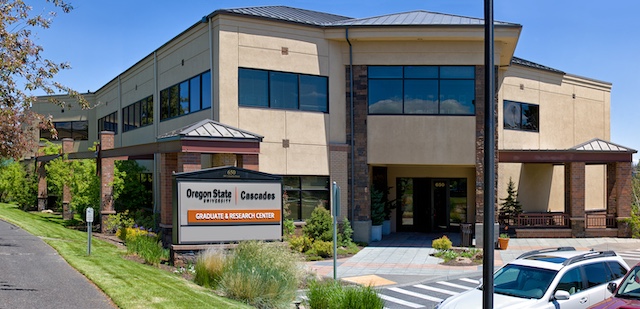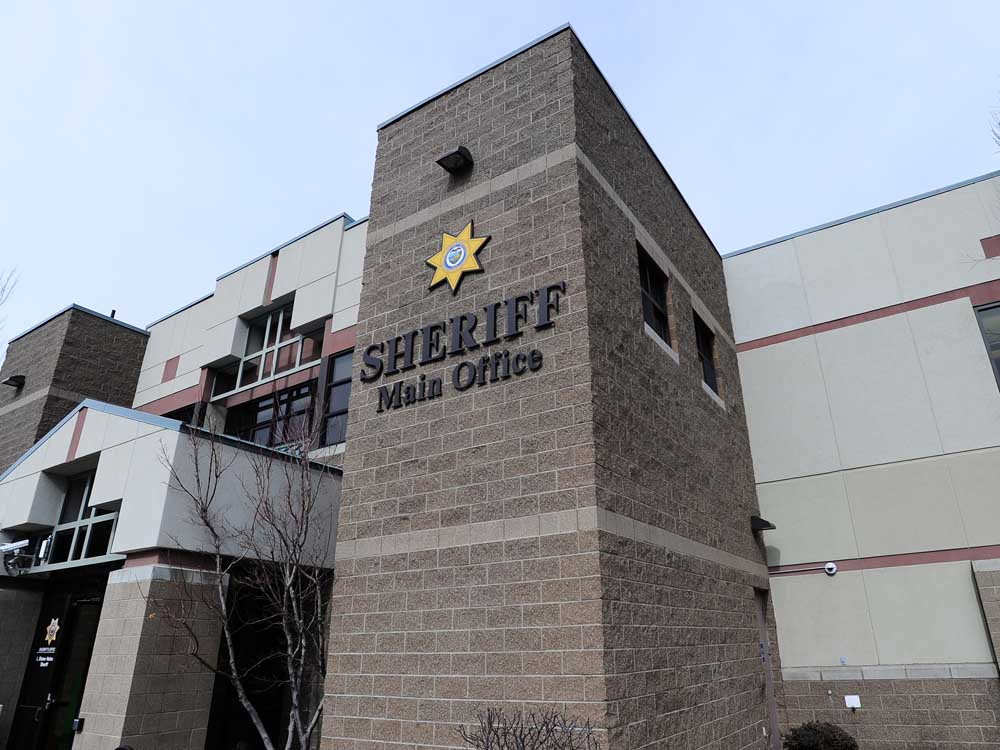Expedited UGB procedure raises Oregon land use worries
Published 3:17 pm Monday, March 11, 2024

- Lauren Poor
Housing shortages recently convinced Oregon lawmakers to circumvent a signature statewide land use policy, which supporters fear will invite further erosion of farm and forest protections.
But as a documentary film produced by nurseryman Jim Gilbert makes clear, the state’s land use system has withstood repeated challenges throughout its half-century in existence.
Trending
Gilbert said he was compelled to begin work on the film, “An Oregon Story,” years before the recent controversy over urban growth boundaries, when he realized many young Oregonians don’t know the history of their state’s iconic land use laws.
Since he started filming, the conversation over land use has taken a direction that has justified Gilbert’s concerns, he said.
“As we did this, it became more and more important to talk about this story,” Gilbert said. “It’s definitely kept Oregon a unique place. I worry that if we don’t tell this story and people don’t know it, we will lose that.”
Under a broader housing bill passed during the 2024 short legislative session, cities can expand their urban growth boundaries up to 100 acres without undertaking the normal legal process for justifying additional development.
For advocates of the farm and forest protections, the legislation unnecessarily undermines policies meant to contain urban sprawl. They worry such changes amount to a steady chipping away at the land use system itself, even as the state continues to lose farmland.
“The system probably needs to be more strict,” Gilbert said. “There have been a lot of exceptions made for many types of development that probably shouldn’t have been done.”
Trending
His documentary makes a case for the continued defense of the state’s land use laws, which survived three repeal campaigns in the 1970s and ‘80s and were significantly revised twice by ballot initiatives in the early 2000s.
While the expedited UGB procedures passed by lawmakers this year aren’t as drastic, Gilbert and other land use advocates are afraid the cumulative impact of such revisions will eventually be just as damaging.
“There’s that statement about death by a thousand cuts,” he said. “In recent times, the little things keep adding up.”
Will bill hurt?
Those who believe the statewide land use system is too restrictive say the threat from expedited UGB procedures has been greatly exaggerated, considering the amount of land involved.
In the unlikely event every eligible city takes full advantage of the UGB expansion process approved under Senate Bill 1537, fewer than 2,000 acres will be developed while roughly 240 million will remain zoned for farm and forest uses, said Dave Hunnicutt, president of the Oregon Property Owners Association.
“The whole idea that this is dangerous is absolutely silly,” he said. “It’s hyperbole and it’s designed to scare people.”
Land use advocates complain this year’s “one-time” UGB expansion follows similar additions for semiconductor manufacturing and residential development in Eastern and Central Oregon.
They’re concerned such legislative workarounds are becoming the norm and undermining legal processes that currently exist for UGB expansion.
In Hunnicutt’s view, however, these “one-offs” indicate the state’s existing land use policies aren’t functioning properly. “I would say that’s an indictment of the current system,” he said.
The oft-repeated refrain that Oregon should focus on increasing density within existing UGBs ignores practical considerations that make building on undeveloped land more efficient, Hunnicutt said.
For example, rural residential zones are often too parceled to accommodate redevelopment into higher-density housing, particularly when some landowners refuse to sell, he said.
Hunnicutt credits the bill’s passage to the persistence of Gov. Tina Kotek, who continued pressing for the expedited UGB process in 2024 after a similar proposal was narrowly rejected last year.
Evidence of insufficient housing has become increasingly obvious to lawmakers, with fewer people able to afford homes and construction only meeting half the state’s demand for new ones each year, he said.
“It isn’t possible at this point to deny there’s a problem,” Hunnicutt said. “It’s not philosophical. It’s a math problem.”
Land use advocates, such as the 1,000 Friends of Oregon nonprofit, don’t object to growing the state’s housing supply but argue it doesn’t need to come at the cost of losing farmland.
Though the conventional process for expanding UGBs is often cast as the villain in the state’s housing shortage crisis, it isn’t truly an impediment to residential development, said Mary Kyle McCurdy, the group’s deputy director.
“It is a myth that it’s difficult to expand most urban growth boundaries,” McCurdy said.
More than 10,000 acres have been added to UGBs under the normal procedure during the past decade, but housing supplies remain tight because cities can’t afford roads, sewers, water lines and other infrastructure, she said.
McCurdy points to a pilot project approved by lawmakers eight years ago, which allowed Bend and Redmond to bypass normal UGB procedures on 50 acres apiece.
“Neither of those parcels is developed yet,” she said, blaming the delays on infrastructure planning. “That’s the primary hangup for why we don’t have housing in those areas. That’s a lesson we should have learned.”
Some bureaucratic barriers do exist and should be removed, such as those that hinder the redevelopment of underused office parks and commercial areas for
residential purposes, McCurdy said.
“We need to make it easier to build the housing we want where we want it,” she said.
While many arguments over the expedited UGB expansion bill were familiar from previous land use debates, some normally stalwart defenders of Oregon’s land use protections remained neutral this year.
The Oregon Farm Bureau and Oregon Association of Nurseries weren’t thrilled by the UGB bypass but didn’t oppose the bill after deciding it had sufficient constraints against farmland loss.
“It was clear the governor wanted a bill and the governor was going to get a bill,” said Jeff Stone, OAN’s executive director.
Other parts of bill invest in infrastructure, which the group supports, and the UGB expansion is steered toward previously designated “urban reserves” where development is more likely, he said.








